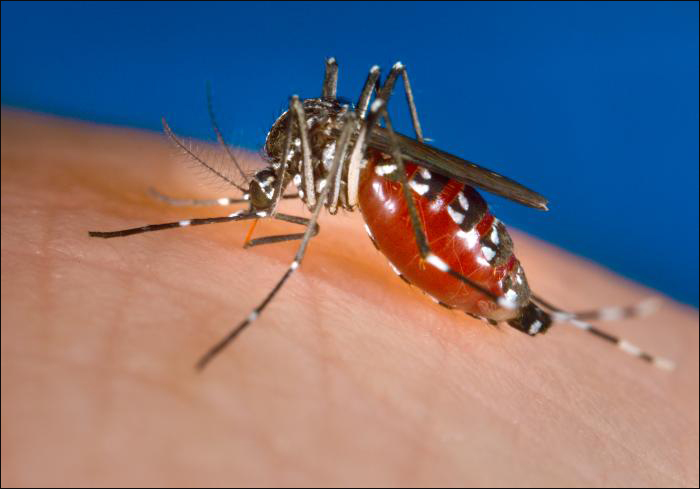Researchers find Zika RNA in Brazilian A. albopictus mosquitoes
Researchers detected fragments of Zika virus RNA — but not live virus — in Aedes albopictus mosquitoes collected in a Brazilian state hit hard by the recent Zika outbreak.
Chelsea Smartt, PhD, associate professor at the Florida Medical Entomology Laboratory at the University of Florida, and colleagues said finding Zika RNA in mosquitoes hatched from eggs collected in an area where the virus was circulating is cause for concern but not proof that A. albopictus is a competent vector of Zika.
A different mosquito, A. aegypti, has been the primary vector for Zika and the main driver of the recent outbreak in the Americas. In the United States, the range of A. albopictus is far greater than that of A. aegypti.
“Our results mean that Aedes albopictus may have a role in Zika virus transmission and should be of concern to public health,” Smartt said in a news release. “This mosquito is found worldwide, has a wide range of hosts and has adapted to colder climates. The role of this mosquito in Zika virus transmission needs to be assessed.”
Smartt and colleagues collected mosquito eggs in August 2015 from three sites in Camaçari, a city in the eastern state of Bahia. Around 110,000 people in Bahia were infected during the Zika outbreak, including thousands in Camaçari, according to Smartt and colleagues.
They reared 39 A. albopictus mosquitoes — 20 female and 19 male — and extracted RNA from the adult bodies. Quantitative PCR revealed that five mosquitoes (three female and two male) had Zika virus RNA.
Smartt and colleagues said the findings were “consistent with the potential for vertical or sexual transmission” of Zika virus by A. albopictus mosquitoes, but said the evidence was inconclusive. Vertical transmission in several mosquito species has been observed for dengue, yellow fever, West Nile, Japanese encephalitis and St. Louis encephalitis viruses, Smartt and colleague said. Vertical and/or sexual transmission of Zika has been seen in several Aedes species, but not A. albopictus.
“Detecting Zika RNA fragments without finding live Zika virus suggests that either the female parent was not itself infected with live Zika virus or it was not able to transfer live Zika virus to her eggs,” Smartt said.
The researchers all but ruled out contamination as an explanation for the results of their study, saying there was no Zika in their laboratory before the tests and the genetic sequences were different from the virus samples they eventually had. They said there was no evidence of false-positive results.
“Zika virus RNA in field-collected eggs from mosquitoes where there is current [Zika virus] transmission is concerning,” Smartt and colleagues concluded. “Samples of mosquitoes, including those resulting from field-collected eggs that are returned to the laboratory from regions with [Zika virus], must be treated with the potential that resulting adult mosquitoes or their offspring might be positive for [Zika virus] RNA. These mosquitoes must be characterized for live [Zika virus] to ensure they are uninfected or they must be treated as if they did contain infectious [Zika virus] and maintained under the appropriate required safety and containment practices.” – by Gerard Gallagher
Disclosure: The researchers report grant support from the Florida Department of Agriculture and Consumer Services.



